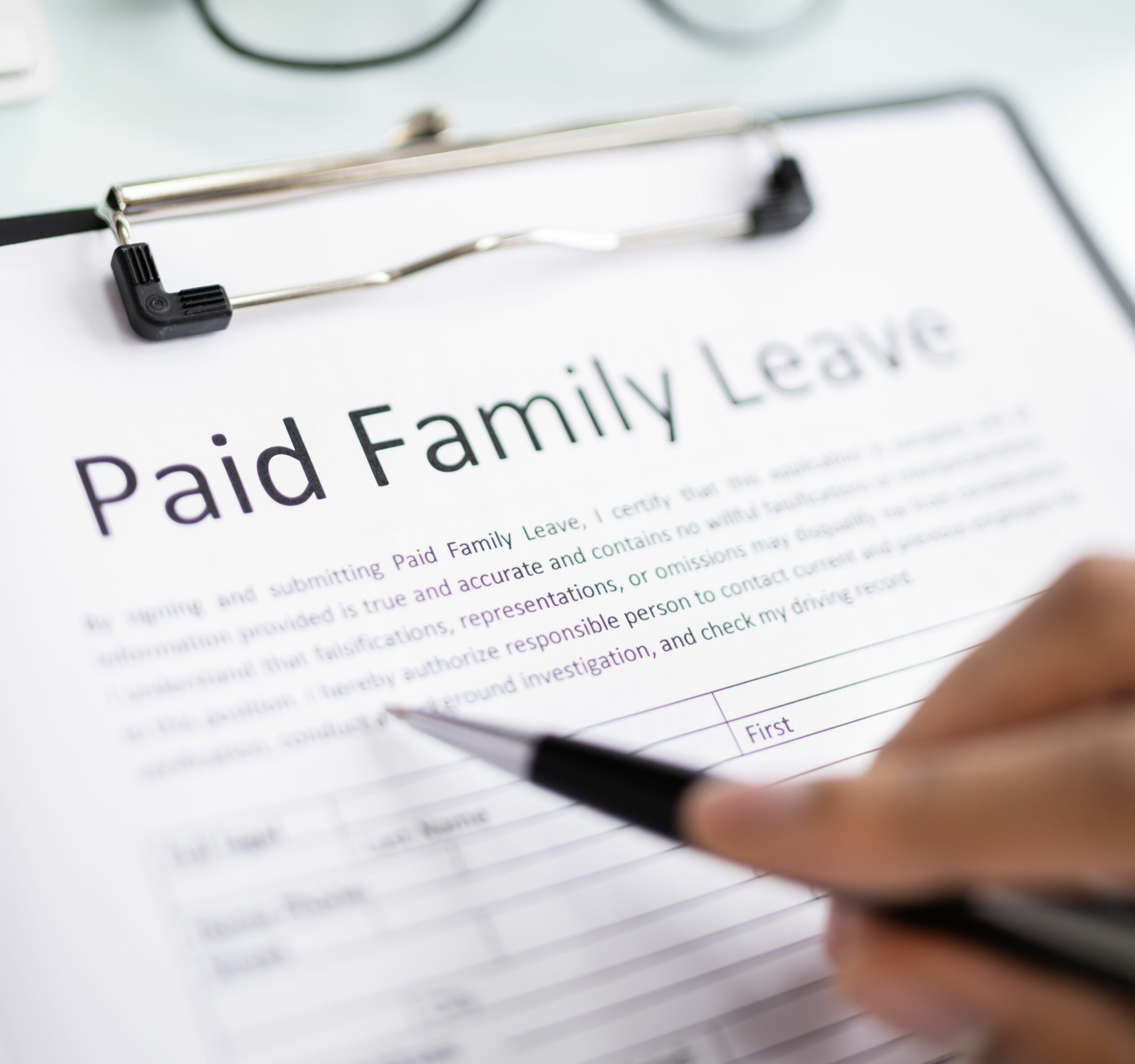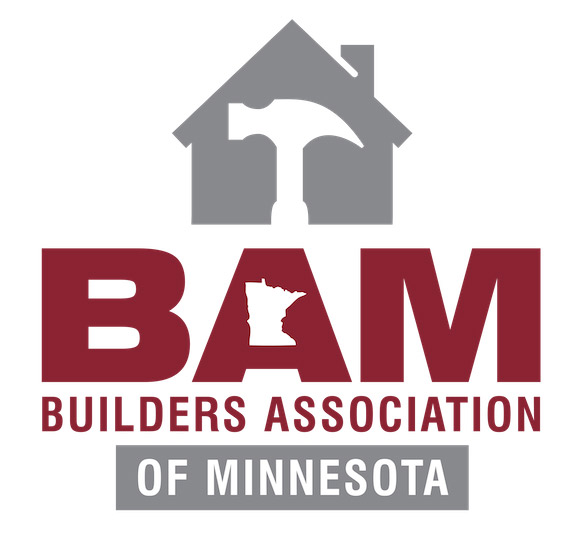All You Need to Know About the Minnesota Paid Family and Medical Leave Law

When does the program start?
Workers will be able to begin taking leave and receiving benefits on January 1, 2026. Workers and employers will begin contributing to the program on that same date.
Who does the law cover?
The law will cover nearly all employees in Minnesota, including both private sector and state and local government employees. It will cover employees regardless of employer size and include both full-time and part-time workers, with a limited exception excluding certain seasonal workers from coverage. Self-employed people will be able to voluntarily opt into coverage.
What kinds of leave does the law provide?
Minnesota’s law will provide through the Department of Employment and Economic Development and includes:
- Medical leave to address workers’ own serious health conditions, including pregnancy.
- Caregiving leave to allow workers to care for a loved one with a serious health condition.
- Parental leave to provide workers the time to bond with a new child.
- Safety leave for certain needs when workers or their loved ones experience sexual or domestic violence.
- Deployment-related leave to deal with the impact of a loved one’s military deployment.
Who will be eligible for benefits?
To be eligible, workers will need to have earned at least 5.3 percent of the state average annual wage in total over the base period—a designated 12-month period prior to the start of leave. Based on the current state average annual wage, workers would need to have earned about $3,684 in the base period to qualify.
Benefits are portable, meaning that income earned across all covered Minnesota employers in the base period counts toward the total. This means that someone who recently changed jobs could count income from their past job as well as their current job, while someone with two jobs could count income from both. In other words, workers keep their eligibility for the monetary benefits, even as they change employers, and could be eligible for monetary benefits as soon as they start with an employer if they were previously eligible.
How much time can workers take?
The legislation breaks benefits into two categories: 1) medical leave, including for pregnancy or recovery from childbirth, and 2) all other kinds of leave, that is parental leave, safety leave, caregiving leave, and deployment-related leave. Workers can receive up to 12 weeks of leave in each of the two categories per benefit year.
Workers who need leave from both categories can take up to 20 weeks total in a benefit year.
What family members can workers use leave to care for?
A family member will include a worker’s spouse or domestic partner, child, parent, sibling, grandchild, or grandparent, as well as many relationships by marriage. The definition of family will also include “an individual who has a relationship with the applicant that creates an expectation and reliance that the applicant care for the individual, whether or not the applicant and the individual reside together,” recognizing that many workers need to care for a loved one to whom they may not have a legal or biological relationship.
Will workers’ jobs be protected while they take leave?
Anyone who was hired at least 90 days prior to their leave, employees will have the right to get their job, or an equivalent job, back following covered leave, regardless of the size of their employer or how many hours they work per week.
Employees who receive health insurance through their employer will be entitled to keep their coverage while on leave.
Employers are prohibited from interfering with employees’ rights or retaliating against employees for using those rights.
How much money will workers receive when they take leave?
Wage replacement rates—the percentage of their own income that workers receive while on leave—will be progressive. Progressive wage replacement balances the need for lower-income workers to receive as high as possible a percentage of their own income while on leave with the need to keep program costs, which are ultimately borne at least in part by workers, affordable.
Workers will receive:
- 90 percent of the portion of their weekly wages that is less than or equal to 50 percent of the state average weekly wage, plus:
- 66 percent of the portion of their weekly wages that is more than 50 percent of the state average weekly wage but less than or equal to 100 percent of the statewide average weekly wage, plus:
- 55 percent of the portion of their weekly wages that is more than 100 percent of the state average weekly wage:
Benefits will be capped at 100 percent of the state average weekly wage. For 2023, 50 percent of the state average would equal $668.50 per week, and 100 percent would be $1,377.00 per week.
How will the state pay for the program?
Initially, the program will be funded through substantial appropriations from the state’s general fund. This initial funding will jump-start the program’s insurance fund, making it possible for benefits to begin at the same time workers and employers begin paying in, without waiting for contributions to build up in the fund.
Going forward, the program will be funded with payroll premiums split evenly between employers and employees. When premiums begin on January 1, 2026, the rate will be 0.7 percent, meaning that employees and employers will each pay 0.35 percent on income up to the maximum income $162,000 (if implemented now in 2023). Rates will later be adjusted annually based on program usage. Employers with fewer than 30 employees will pay a reduced amount, which the fund will absorb; employees at small employers will pay the same amount as those at larger employers.
How will workers access benefits?
Like other state paid leave programs, Minnesota’s new law will create an insurance system. This means that, typically, when workers need benefits, they will apply to the state, which will process their claim and pay benefits out of the state insurance fund. Employers will not need to pay employees while they are on leave.
Employers can request special permission to provide benefits through a private plan.
Notice Requirements
Employers will be required to post a notice prepared by the State regarding paid FMLA benefits. Individual employees must also be issued written notices that contain certain information designated in the statute. These notices must issue at least 30 days from the beginning of the employee’s employment, or 30 days before premium collection begins, whichever is later.
Note – This was put together from the bills text and background , BAM Session Report, Center for American Progress, Arthur Chapman Law Firm, and other assorted news stories.

0 Comments